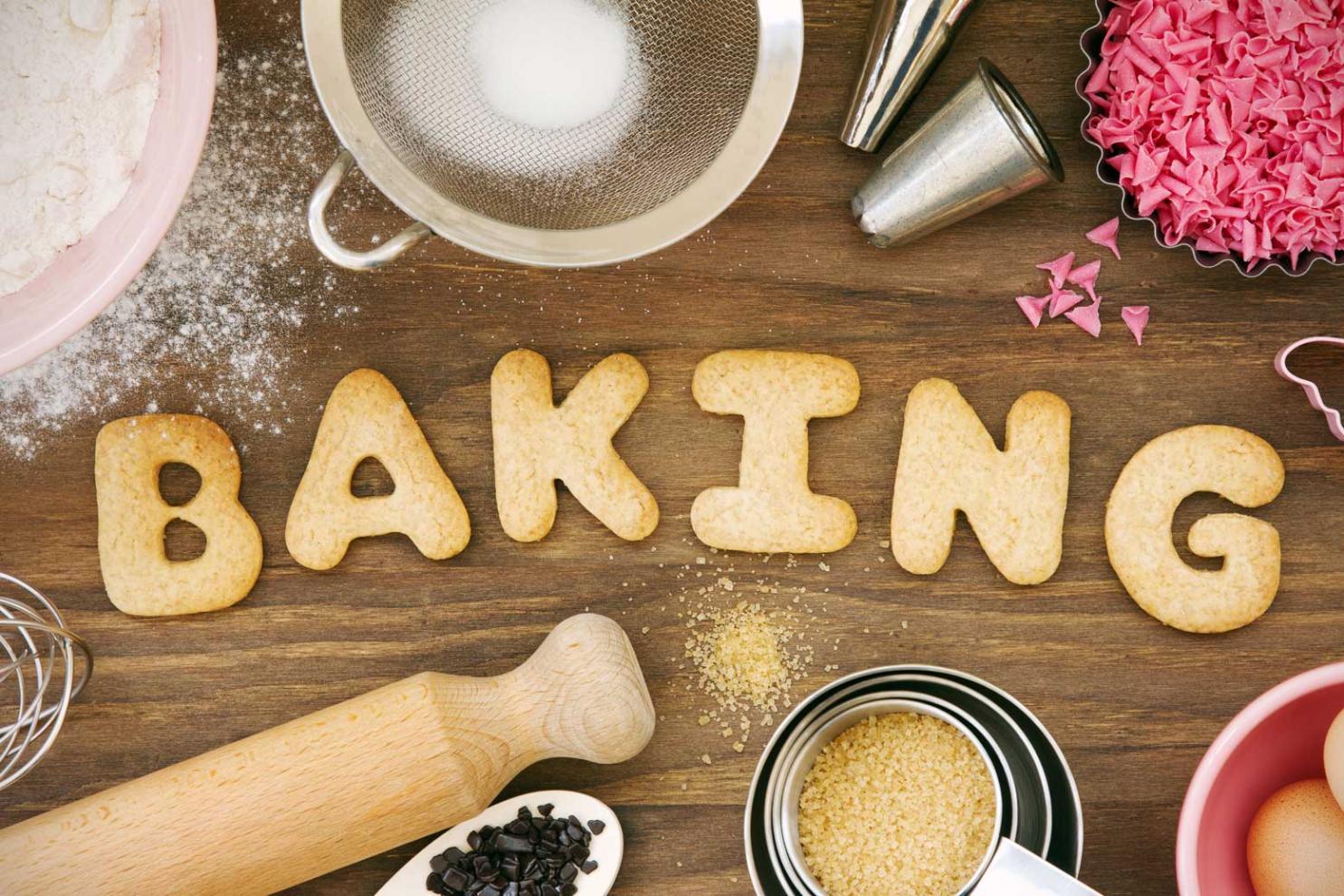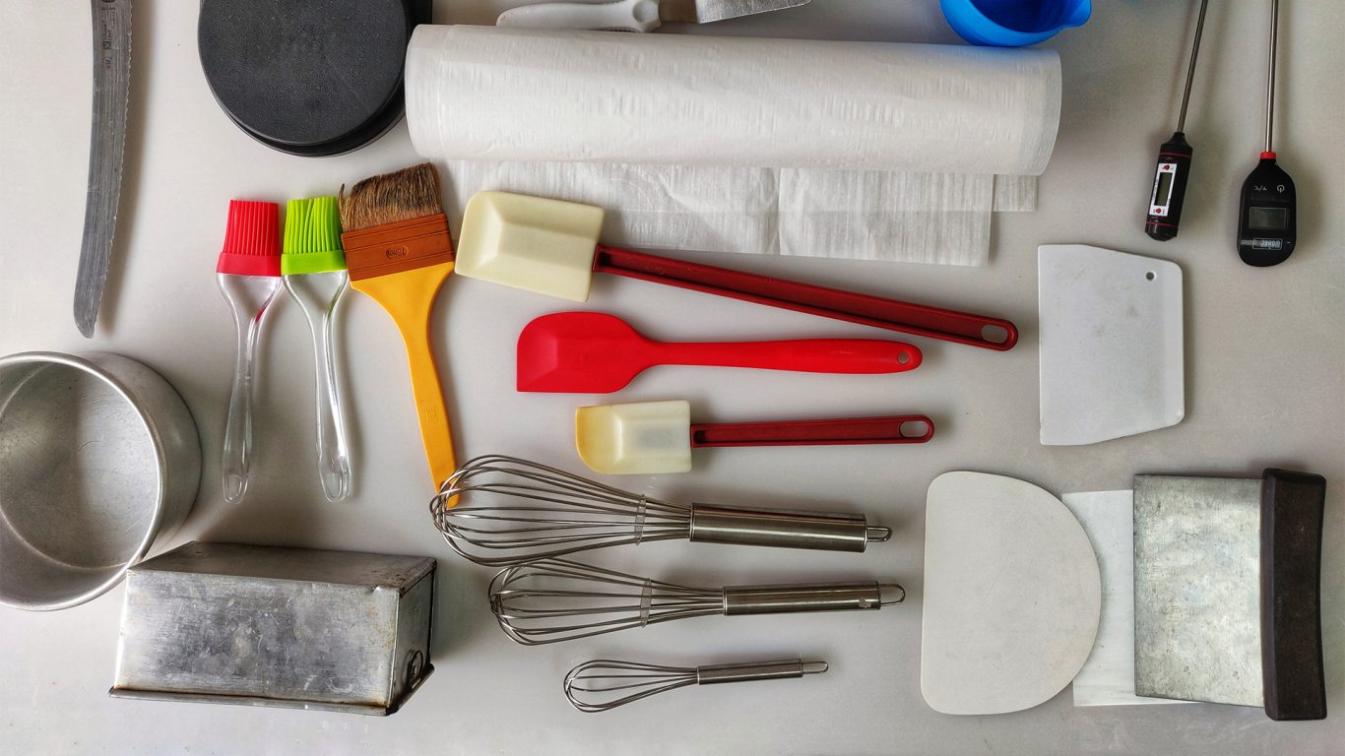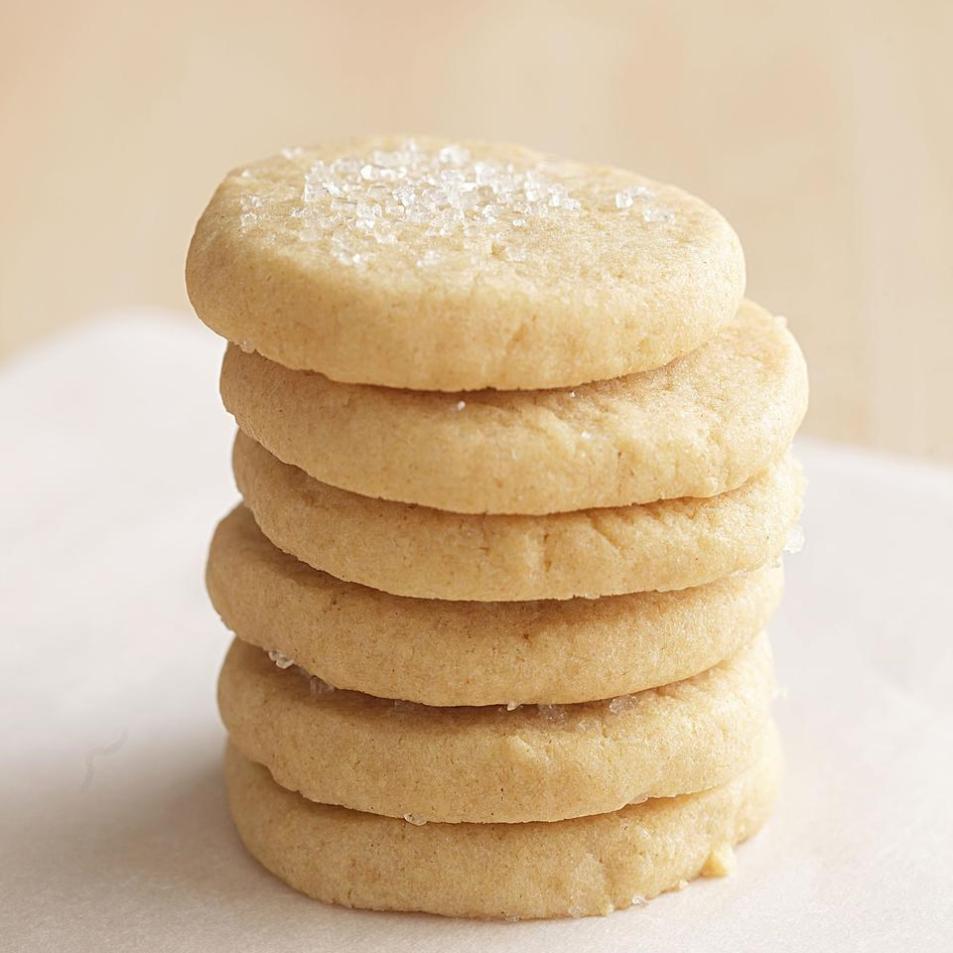What are the Key Factors to Consider When Choosing the Right Baking Pan?
Baking is an art that requires precision and attention to detail. Choosing the right baking pan is a crucial step in achieving successful and delectable baked goods. Whether you're a seasoned baker or just starting out, understanding the key factors to consider when selecting a baking pan can make all the difference.

Material:
The material of the baking pan plays a significant role in the baking process and the final outcome of your baked goods.
- Metal Pans:
- Aluminum: Lightweight, heats evenly, and is affordable.
- Stainless Steel: Durable, rust-resistant, and versatile.
- Cast Iron: Excellent heat retention and durability.
- Glass Pans:
- Advantages: Transparent, heat-resistant, and versatile.
- Considerations: May require longer baking times and can be heavier than metal pans.
- Ceramic Pans:
- Advantages: Aesthetically pleasing, heat-retentive, and non-stick.
- Considerations: May be more expensive and require careful handling.
Metal pans are durable and offer excellent heat conductivity, ensuring even baking. Common types include aluminum, stainless steel, and cast iron.
Glass pans allow for easy monitoring of the baking process due to their transparency. They are heat-resistant and versatile.

Ceramic pans offer aesthetic appeal and excellent heat retention. They also have non-stick properties and are durable.
Size And Shape:
The size and shape of the baking pan are crucial for accommodating the recipe requirements and achieving the desired outcome.
- Pan Size:
- Pan Shape:
- Round: Ideal for cakes, pies, and tarts.
- Square: Suitable for brownies, bars, and cookies.
- Rectangular: Perfect for sheet cakes, cookies, and lasagna.
- Bundt: Unique shape for decorative cakes.

Matching the pan size to the recipe is essential to ensure proper baking. Standard pan sizes include 8-inch, 9-inch, and 10-inch round pans, as well as 9x13-inch and 11x17-inch rectangular pans.
The shape of the pan influences the final appearance and texture of the baked product. Common shapes include round, square, rectangular, and Bundt.
Non-Stick Coating:
Non-stick coatings make baking easier and more convenient by preventing baked goods from sticking to the pan.
- Benefits of Non-Stick Coating:
- Easy release of baked goods.
- Reduced need for greasing the pan.
- Convenience and time-saving.
- Types of Non-Stick Coatings:
- Teflon (PTFE) Coating: Common and widely used.
- Ceramic Coating: Durable and scratch-resistant.
- Silicone Coating: Natural and heat-resistant.
- Considerations for Non-Stick Pans:
- Durability and longevity of the coating.
- Safety concerns and potential health risks.
- Proper care and maintenance of non-stick pans.
Speciality Pans:
In addition to standard baking pans, there are specialized pans designed for specific baking needs.
- Bundt Pans:
- Factors to Consider: Size, material, and design.
- Springform Pans:
- Uses: Cheesecakes, tortes, and mousse cakes.
- Loaf Pans:
- Types: Standard loaf pans, Pullman loaf pans, and mini loaf pans.
Bundt pans have a unique shape that creates decorative cakes with intricate designs.
Springform pans have removable sides, making it easy to release delicate baked goods without breaking them.
Loaf pans are ideal for baking breads, meatloaf, and terrines.
Choosing the right baking pan is a crucial step in achieving successful baking outcomes. By considering factors such as material, size, shape, non-stick coating, and specialty pans, bakers can ensure that their baked goods turn out perfectly every time. Remember, the right pan can make all the difference in creating delicious and visually appealing baked creations.
YesNo

Leave a Reply